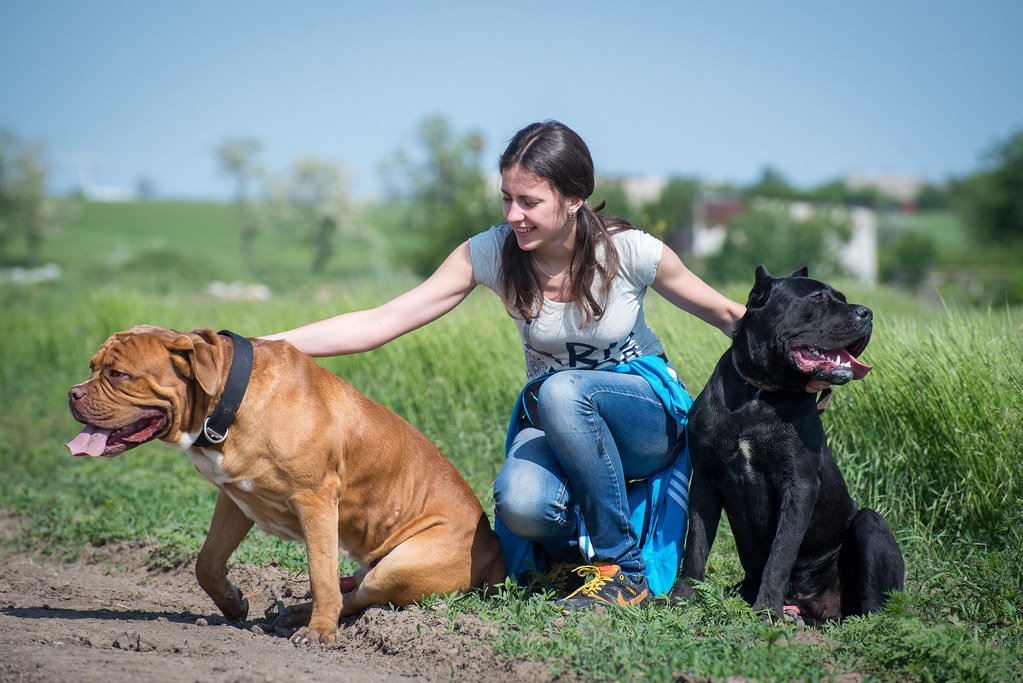Picture this: you’re walking through the woods with your beloved German Shepherd when suddenly, a gray shadow emerges from the treeline. Your dog’s hackles rise, and you find yourself wondering – could my companion actually hold their own against one of nature’s most feared predators? It’s a question that has fascinated dog lovers for centuries, especially those of us who’ve gazed into our pets’ eyes and wondered just how much wolf still lives within them.
The truth is both sobering and fascinating. While most household pets would stand little chance against a wild wolf, certain breeds possess the size, strength, and ancestral instincts that might give them a fighting chance. But before we dive into which dogs might fare best, we need to understand exactly what they’d be up against – and why this matchup is far more complex than simple size comparisons.
Understanding the Wolf Advantage
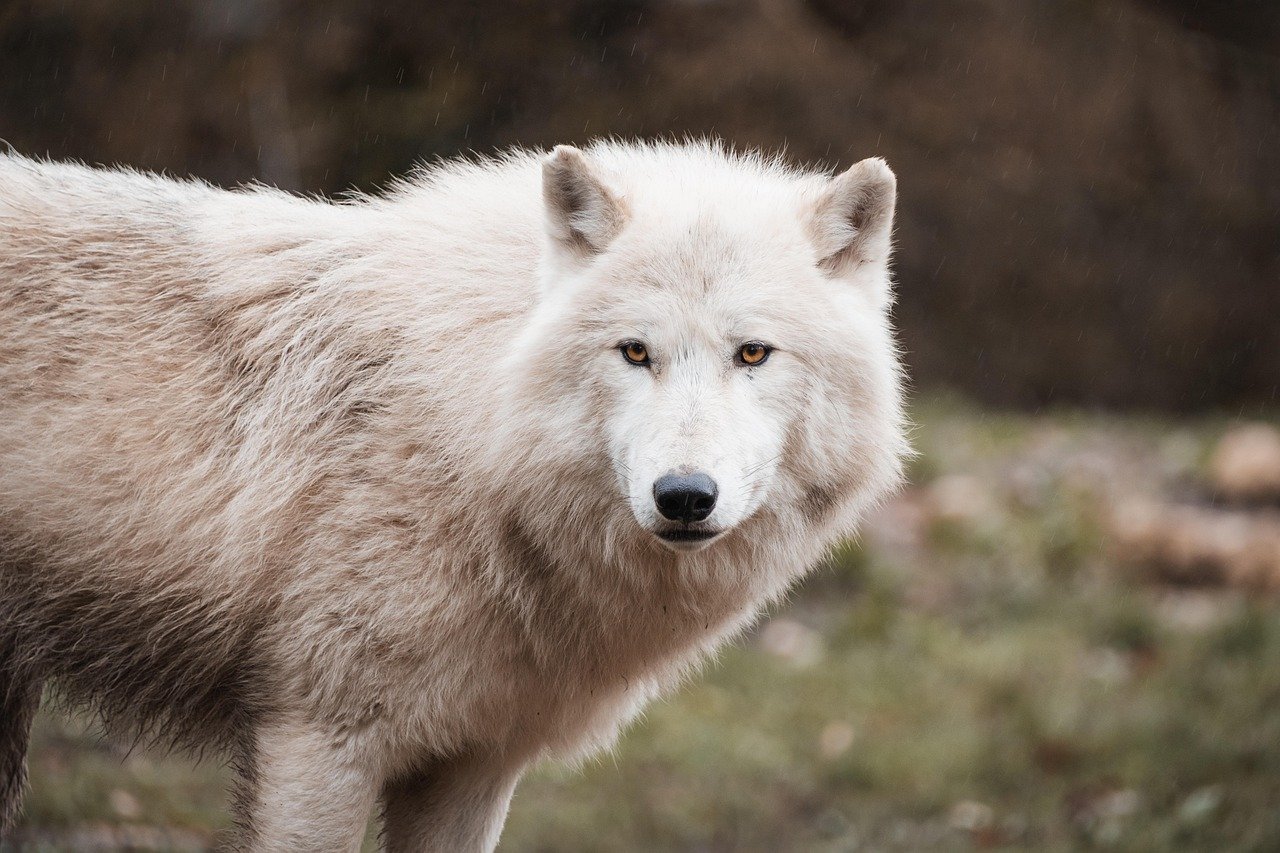
When we talk about wolves defeating dogs, we’re not just discussing a size difference – we’re talking about the gap between a pampered pet and a hardened survivor. Wolves have a strong bite force of around 400 psi, which is stronger than most species of dogs, but wolf bite force typically reaches around 400 pounds per square inch (psi) when truly threatened. That’s nearly double what a large domestic dog’s is about 320 pounds per square inch.
But bite force is just the beginning. The immense agility and ferocity of the wild beast, the terrible snap of his long-toothed jaws, and the admirable training in which he always is, give him a great advantage over fat, small-toothed, smooth-skinned dogs. Wolves are lean, muscular athletes who’ve spent their entire lives fighting for survival, while even the toughest domestic dogs have likely never faced a true life-or-death situation.
The Size Factor – When Bigger Actually Matters

Size alone doesn’t guarantee victory, but it certainly helps level the playing field. Wolves can reach a height of around 30 inches and a weight of up to 175 pounds. A wolf’s bite force typically reaches around 400 psi. When you compare this to some of the largest dog breeds, the numbers become interesting.
Take the Kangal Shepherd, for instance. Kangal Shepherd Dogs have the most powerful domestic animal bite force globally at 731 psi, significantly exceeding a wolf’s typical bite force. These Turkish guardians can weigh up to 155 pounds (66 kg), giving them both a size and bite force advantage over most wolves. It’s no wonder they’ve been successfully protecting livestock from wolves for centuries.
Livestock Guardian Dogs – The Professional Wolf Deterrents
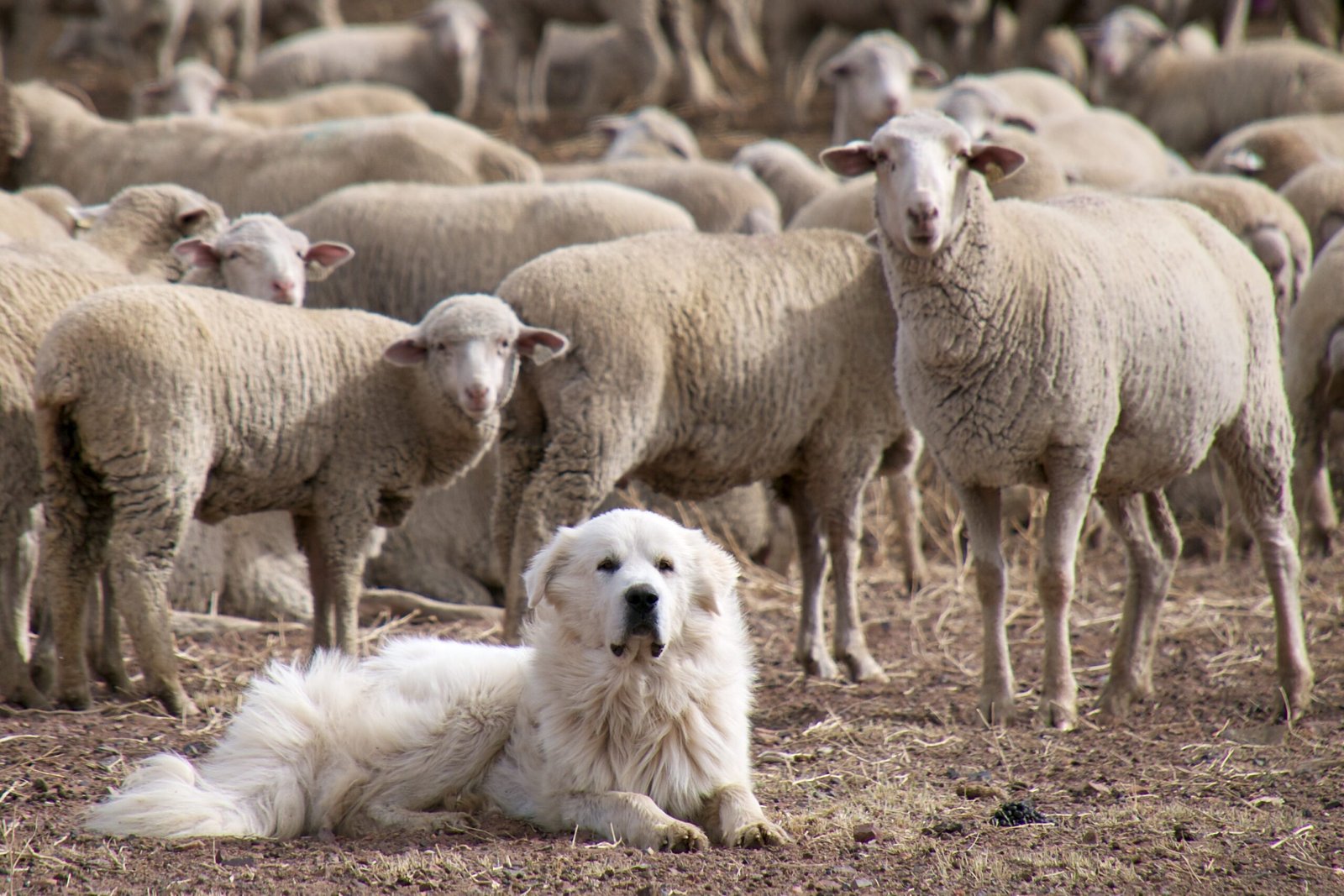
The mere presence of a guardian dog is usually enough to ward off some predators, and LGDs confront predators by vocal intimidation, barking, and displaying very aggressive behavior. The dog may attack or fight with a predator if it cannot drive it away. These breeds weren’t designed for suburban backyards – they were forged in the crucible of wolf country.
The Great Pyrenees exemplifies this perfectly. They were bred specifically to protect livestock from wolves and became one of the most popular livestock guardian dog breeds in history. In modern applications, studies show that livestock guardian dogs have been found to reduce rates of predation by 11%–100%, and roughly 70% on average. Even more impressive, in 530 wolf encounters recorded in three regions of southern France between 2013 and 2019, dogs intercepted wolves at distances of 100 or more meters from their flock 65% of the time, and only nine instances resulted in direct wolf-dog conflict.
The Mighty Mastiff Family – Ancient Powerhouses
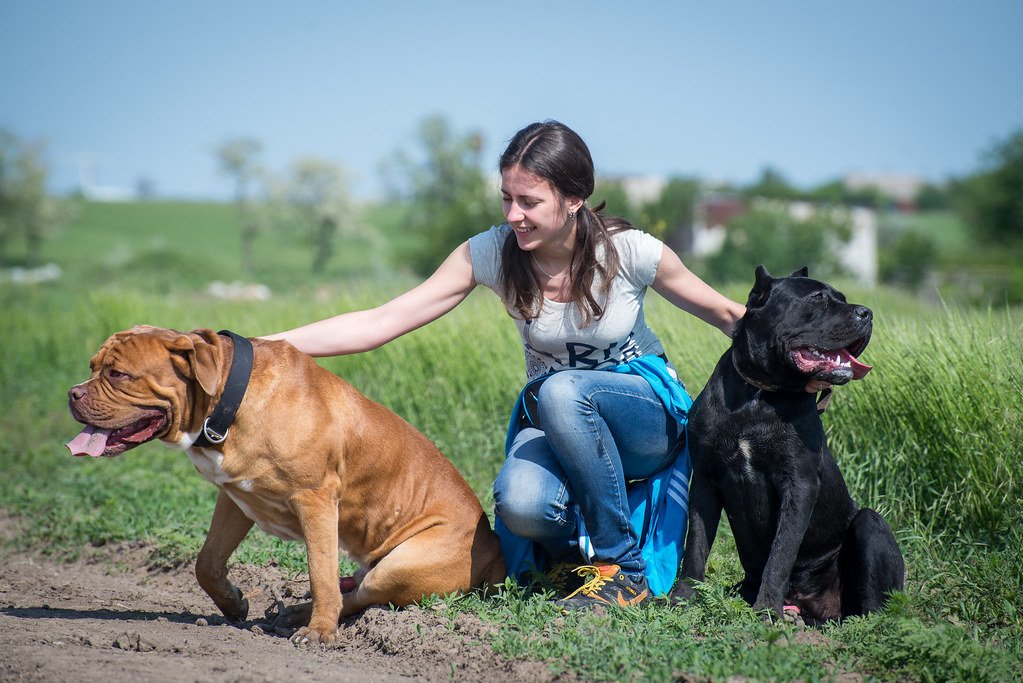
Among the strongest contenders are the various mastiff breeds, each bringing centuries of selective breeding for size and protective instincts. Cane Corso, also known as the Italian Mastiff, is a massive breed with battle origins. In ancient Rome, Cane Corso fought alongside soldiers as war dogs because of their size, strength, and innate protectiveness. These dogs can reach heights of up to 27.5 inches and weigh up to 120 pounds, with a deadly bite force of 700 psi.
The Tibetan Mastiff presents another formidable opponent. With a bite force of 560 psi and an ancient lineage of guarding people, livestock, and property, a Tibetan Mastiff can kill a wolf without question. Their thick coats and massive frames were literally designed to handle the harsh conditions where wolves thrive.
Fighting Breeds – The Silent Assassins

Perhaps the most controversial contenders are the breeds specifically developed for combat. When Japanese breeders created the Tosa Inu in the 19th century, the intention was to create a fighting dog that did not growl or bark before launching an attack, with samurai warriors as the inspiration. This intentionally dangerous trait results in many bans on the breed… Tosa Inu can reach up to 26 inches tall and weigh up to 200 pounds, with a bite force of 556 psi.
The professional pit fighting breeds — which have been scientifically bred for two centuries to have “game”, allowing them to fight for hours without ever backing down — would kill a wolf every time. 100%. No contest. This assumes the wolf stands and fights, and doesn’t run away to survive for another day as its instincts may tell it to do. However, this theoretical advantage comes with a major caveat – wolves are smart enough to avoid prolonged fights when they can simply retreat and return later.
The Central Asian Powerhouses

The Caucasian Shepherd deserves special mention as one of the most formidable wolf opponents. With a bite force ranging from 550-700 PSI, they are among the strongest and most intimidating dogs. These fearless canines, known for their dominance and loyalty, can easily take on wolves, making them one of the most formidable breeds. Their nickname, the Russian Bear Dog, speaks volumes about their capabilities.
Similarly impressive is the Central Asian Shepherd, also known as the Alabai. Nicknamed the “Wolf Crusher,” the Alabai, or Central Asian Shepherd Dog, is a fearless livestock guardian. Males stand 2.5 feet (78 cm) tall and weigh up to 143 pounds (65 kg). Known for their endurance, independence, and territorial instincts, these dogs have a long history of protecting livestock from predators like wolves.
The Reality Check – Why Most Dogs Would Still Lose
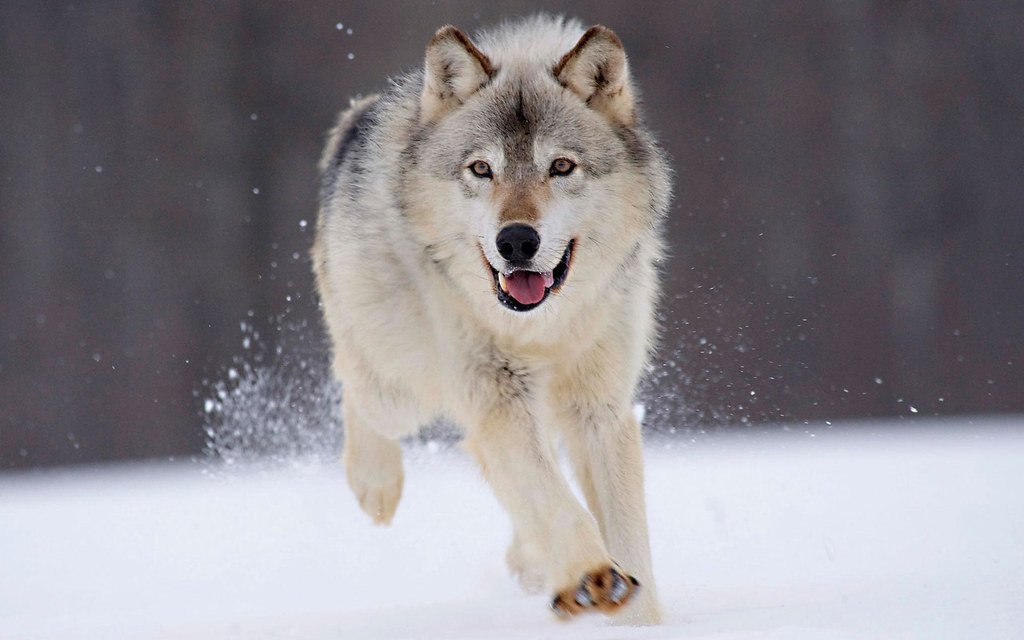
Despite all these impressive statistics and breeds, we must face some harsh realities. Theodore Roosevelt stressed the danger cornered wolves can pose to a pack of dogs in his Hunting the Grisly and Other Sketches: A wolf is a terrible fighter. He will decimate a pack of hounds by rapid snaps with his giant jaws while suffering little damage himself. Even Roosevelt acknowledged that a mastiff, if properly trained and of sufficient size, might possibly be able to meet a young or undersized Texas wolf; but I have never seen a dog of this variety which I would esteem a match single-handed for one of the huge timber wolves of western Montana.
The truth is that every breed could lose to a wolf, and probably SHOULD, IF it is just some pampered naive soft pet. A wolf needs to be understood first and foremost as a hardened nasty “street criminal”, regardless of its physical attributes, and it will kill a naive wimp regardless of said wimp’s genetics. This is perhaps the most important point – a house pet, regardless of breed, lacks the killer instinct and survival experience of a wild predator.
Conclusion – The Closest We Can Get

So can any dog really defeat a wolf? The honest answer is that it depends entirely on the circumstances, the individual animals involved, and a healthy dose of luck. The breeds with the best chances – Kangals, Caucasian Shepherds, properly trained Tibetan Mastiffs, and other large livestock guardians – possess the physical tools and ancestral instincts needed for such an encounter.
But here’s what’s truly remarkable: these dogs weren’t bred to kill wolves. They were bred to deter them, to make predators think twice, to protect what they love without unnecessary bloodshed. Unlike trapping and poisoning, LGDs seldom kill predators; instead, their aggressive behaviors tend to condition predators to seek unguarded (thus, nonfarm animal) prey. In many ways, that makes them even more impressive than any single combat scenario ever could.
The next time you look at your dog, remember that while they might not be able to take down a wolf single-handed, they carry within them thousands of years of courage, loyalty, and protective instinct. Isn’t that victory enough?

Andrew Alpin from India is the Brand Manager of Doggo digest. Andrew is an experienced content specialist and social media manager with a passion for writing. His forte includes health and wellness, Travel, Animals, and Nature. A nature nomad, Andrew is obsessed with mountains and loves high-altitude trekking. He has been on several Himalayan treks in India including the Everest Base Camp in Nepal.

